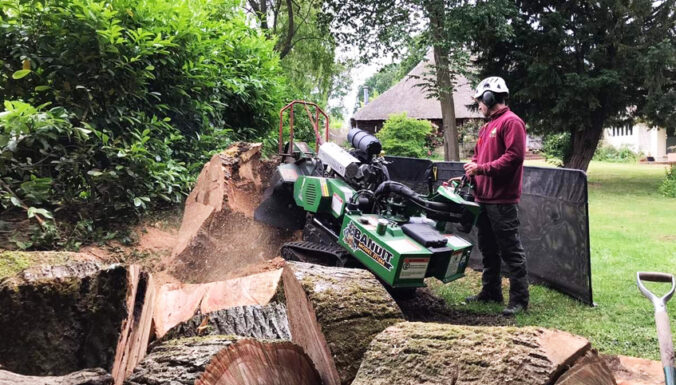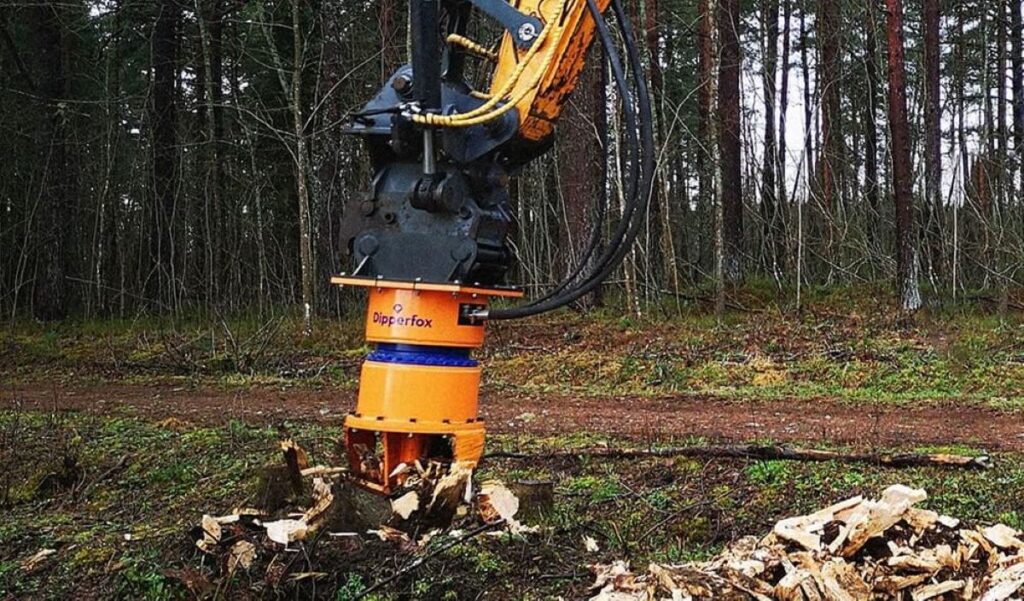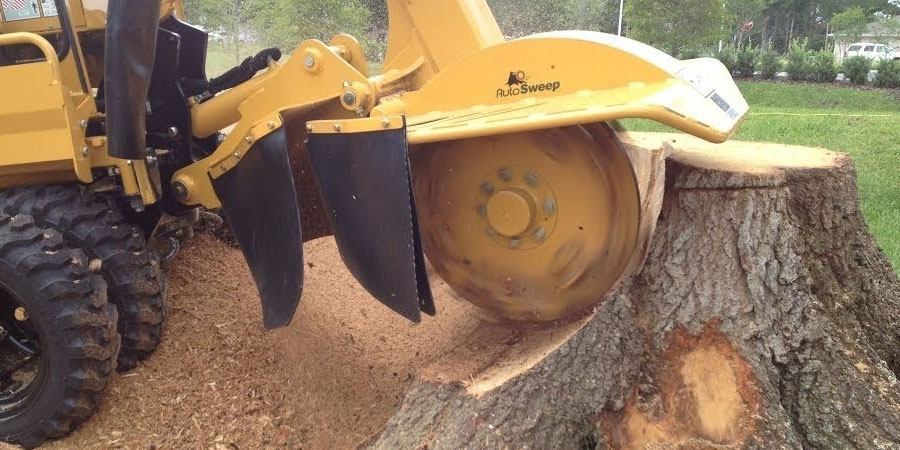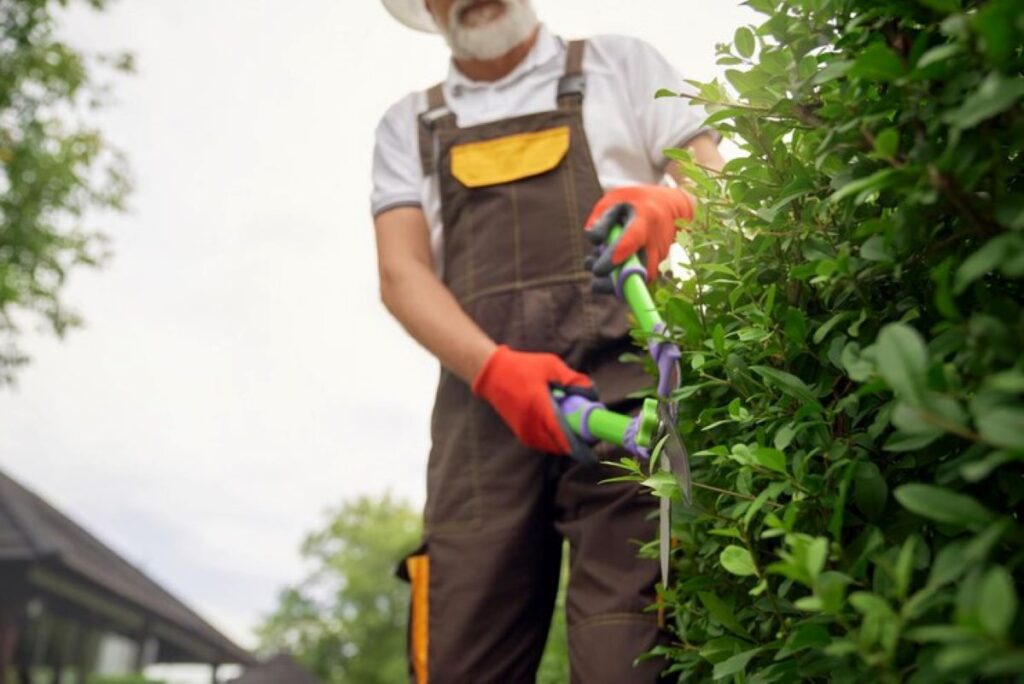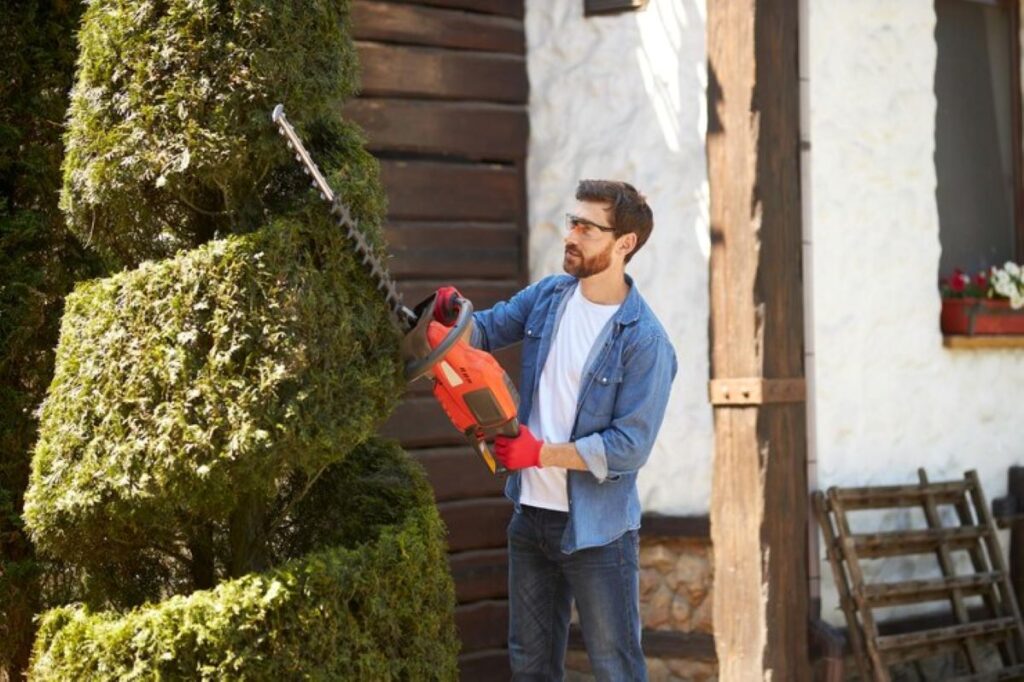What is a Buyers Agent and How Can They Help You in Woollahra?
A Buyers Agent in Woollahra serves as your dedicated property expert, representing your interests exclusively throughout the purchasing process. Think of them as your personal property scout, negotiator, and advisor rolled into one.
Pivot Property Buyers brings 13 years of expertise to Woollahra’s competitive real estate landscape. Their proven track record includes securing over $1.5 billion worth of property for satisfied clients.
Why You Need an Expert in the Woollahra Property Market
The Woollahra property market demands expert guidance for several reasons:
- High-stakes investments: Properties in this prestigious suburb often command premium prices
- Complex negotiations: Multiple interested parties create intense competition
- Market volatility: Property values and opportunities fluctuate rapidly
- Off-market opportunities: Many premium properties never reach public listings
Challenges and Opportunities in the Current Woollahra Market
The current Woollahra market presents unique challenges and opportunities:
- Median house prices exceeding $4.5 million
- Limited property availability
- Strong demand from local and international buyers
- Heritage considerations affecting property values
How Your Buyers Agent Can Help
Your Buyers Agent Woollahra navigates these complexities by:
- Conducting thorough market research
- Identifying suitable properties matching your criteria
- Handling all negotiations with sellers
- Managing paperwork and legal requirements
- Providing 24/7 support throughout your journey
With a professional Buyers Agent, you gain access to exclusive listings and insider knowledge that can make the difference between securing your dream property or missing out in Woollahra’s competitive market.
Why Should You Choose a Buyers Agent with Local Knowledge and Negotiation Skills?
Local knowledge transforms your property search from a daunting challenge into a strategic advantage. A buyers agent with deep-rooted understanding of Woollahra’s property landscape brings invaluable insights to your investment journey.
Key Benefits of Local Expertise:
- Intimate knowledge of neighbourhood demographics
- Understanding of property value trends
- Awareness of future development plans
- Access to trusted local professionals
- Insights into school catchment areas
- Knowledge of community facilities
A significant advantage of working with experienced buyers agents lies in their access to off-market properties. These exclusive listings never reach public platforms, giving you first access to premium opportunities before they hit the open market. At Pivot Property Buyers, our established network of real estate connections provides our clients with access to approximately 30% more properties than those publicly listed.
Off-Market Advantages:
- Reduced competition from other buyers
- Lower pressure during decision-making
- Potential for better pricing
- Access to unique properties
- First-mover advantage in negotiations
Strong negotiation skills stand as a crucial differentiator in securing favourable property deals. Professional buyers agents bring years of experience in:
- Price negotiations
- Contract terms
- Settlement periods
- Special conditions
- Vendor motivations
Your buyers agent acts as a buffer between you and the selling agent, removing emotional bias from negotiations. This professional distance allows for strategic positioning and optimal outcomes in your property purchase.
A skilled negotiator can identify opportunities to secure better terms, whether through price reductions, extended settlement periods, or inclusion of specific conditions. These advantages stem from understanding market dynamics and leveraging relationships built over years of operation in Woollahra’s property market.
The combination of local knowledge, off-market access, and negotiation expertise positions you to make informed decisions and secure properties at the best possible terms. These skills prove particularly valuable in Woollahra’s competitive market, where premium properties often attract significant buyer interest.
What Services Do Buyers Agents Offer to Simplify Your Property Purchase Process?
A professional buyers agent provides comprehensive services designed to streamline your property purchase journey. Here’s what you can expect from Pivot Property Buyers’ extensive service package:
Property Search and Selection
- Custom property shortlisting based on your specific criteria
- Access to exclusive off-market listings not available to the public
- Thorough inspection of potential properties
- Detailed analysis of neighbourhood amenities and future development plans
- Regular updates on new properties matching your requirements
Research and Due Diligence
- In-depth market analysis and property valuation
- Investigation of property history and previous sales
- Building and pest inspection coordination
- Review of strata reports and council regulations
- Assessment of potential capital growth opportunities
Strategic Negotiation Package
- Price negotiation with vendors and their agents
- Auction bidding representation
- Contract review and conditions negotiation
- Liaison with solicitors and conveyancers
- Settlement coordination and final inspection management
Additional Support Services
- Mortgage broker recommendations
- Connection with reliable solicitors
- Property management referrals
- Post-purchase support and guidance
- Investment strategy consultation
At Pivot Property Buyers, your dedicated agent handles these complex processes while keeping you informed at every step. Their thorough research ensures you receive accurate property valuations, helping you avoid overpaying in Woollahra’s competitive market.
The team’s extensive due diligence process includes investigating potential issues that might affect your property’s value or liveability. They examine council regulations, zoning laws, and future development plans that could impact your investment.
Your buyers agent acts as your personal property expert, managing time-consuming tasks like attending inspections, reviewing contracts, and coordinating with various professionals. This comprehensive service package allows you to focus on your daily responsibilities while your agent secures your ideal property.
How Does the Process of Engaging a Buyers Agent Work from Start to Finish?
Your journey with a Buyers Agent in Woollahra begins with a comprehensive discovery session. During this initial meeting, you’ll discuss:
- Your property goals and preferences
- Budget parameters
- Desired locations
- Timeline expectations
- Investment strategy
After establishing these foundational elements, your Buyers Agent creates a tailored property acquisition strategy. This strategic roadmap outlines the specific steps needed to secure your ideal property.

The search phase kicks into high gear with your agent:
- Conducting detailed market research
- Identifying potential properties
- Performing preliminary property assessments
- Arranging private inspections
A critical component of the process involves thorough property appraisals. Your agent examines:
- Recent sales data
- Market trends
- Property condition reports
- Council regulations
- Development potential
- Infrastructure plans
Once you’ve identified a suitable property, your agent handles all legal paperwork and documentation, including:
- Contract reviews
- Strata reports
- Building inspections
- Pest assessments
- Council certificates
The negotiation phase requires precise timing and strategic positioning. Your agent leverages their expertise to:
- Present compelling offers
- Counter-propose effectively
- Secure favourable terms
- Protect your interests
Post-agreement, your agent coordinates with:
- Solicitors
- Conveyancers
- Building inspectors
- Financial institutions
Through settlement day, your agent remains actively involved, ensuring all conditions are met and the transaction progresses smoothly. They maintain constant communication, providing updates and addressing any concerns that arise during the process. Click here to learn about what to expect when working with a Buyers Agent Waverley.
Working with Pivot Property Buyers means you’ll receive 24/7 support throughout your property journey, with expert guidance at every step. Their 13 years of experience and proven track record of securing over $1.5 billion worth of property ensures you’re in capable hands.
Why is Woollahra Considered One of Sydney’s Most Desirable Suburbs for Property Investment?
Woollahra is one of the most sought-after suburbs in Sydney, attracting property investors and homeowners. This prestigious neighbourhood features tree-lined streets with Victorian-era mansions and heritage-listed properties, showcasing its rich architectural history.
1. Exceptional Lifestyle Offerings
Woollahra offers a lifestyle that is hard to beat, making it an attractive place for property investment:
- World-Class Shopping – Queen Street and Oxford Street are home to designer boutiques, antique shops, and artisanal food stores.
- Fine Dining – The neighbourhood boasts Michelin-starred restaurants and upscale cafes.
- Cultural Attractions – Art galleries, museums, and the historic Woollahra Library are all located within the area.
2. Educational Excellence
The suburb is known for its excellent educational institutions, which adds significant value to property investments:
- Woollahra Public School
- Ascham School
- Sydney Grammar School
- Reddam House
3. Affluent Community
Woollahra’s wealthy community contributes to a stable property market with consistent value growth. The median house price reflects the area’s prestige, with properties commanding high prices due to their architectural significance and location.
4. Green Spaces
The suburb’s appeal is further enhanced by its green spaces. Cooper Park and Centennial Park provide residents with peaceful retreats away from the hustle and bustle of city life.
5. Convenient Location
Woollahra’s strategic location also plays a role in its desirability as an investment destination. It is just 5km away from Sydney’s central business district (CBD), making it easily accessible for professionals working in the city.
The combination of heritage charm, modern luxury, and convenient location makes Woollahra properties highly sought-after investments that typically outperform the broader Sydney market.
How Can Working with a Buyers Agent Save You Time, Money, and Stress During Your Property Purchase Journey?
A buyers agent transforms your property purchase journey into a streamlined, cost-effective experience. Here’s how partnering with Pivot Property Buyers creates tangible benefits:
Time-Saving Benefits
- Skip endless property viewings – we pre-screen properties matching your criteria
- Receive curated shortlists of suitable properties
- Access off-market opportunities without waiting for public listings
- Avoid wasted weekends at unnecessary inspections
Money-Saving Advantages
- Leverage expert negotiation skills to secure better purchase prices
- Gain insights into fair market value to prevent overpaying
- Access exclusive off-market properties at competitive prices
- Benefit from established industry relationships and networks
Stress Reduction
- Let experts handle complex paperwork and legal requirements
- Receive professional guidance through every decision
- Avoid dealing directly with selling agents
- Get honest property assessments without sales pressure
Working with Pivot Property Buyers means you’ll have a dedicated professional managing every aspect of your purchase. Our 13 years of experience and proven track record of securing properties worth over $1.5 billion demonstrates our ability to deliver exceptional results for our clients.
We handle the entire process – from initial property search through to settlement – allowing you to maintain your daily routine while we secure your ideal property. Our 24/7 availability ensures you never miss an opportunity in the fast-moving Woollahra market.

Are You Ready to Get The Inside Track on Property with a Buyers Agent in Woollahra?
Your dream property in Woollahra awaits – and Pivot Property Buyers stands ready to help you secure it. With 13 years of proven success and over $1.5 billion in property transactions, our expert guidance transforms your property journey from challenging to achievable.
Why choose us as your property partners?
- 24/7 personalised service tailored to your needs
- Access to exclusive off-market properties
- Proven negotiation strategies that save you money
- Comprehensive market research and due diligence
- Expert navigation through complex property transactions
Your success in the Woollahra property market depends on making informed decisions with professional support. Our team’s deep local knowledge and established industry connections give you the competitive edge needed in this prestigious market.
Don’t let another perfect property slip through your fingers. Take control of your property journey with expert guidance that delivers results.




